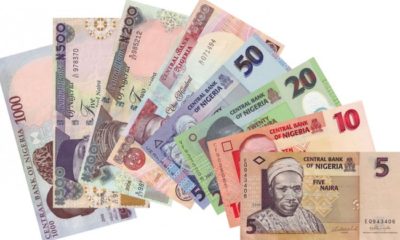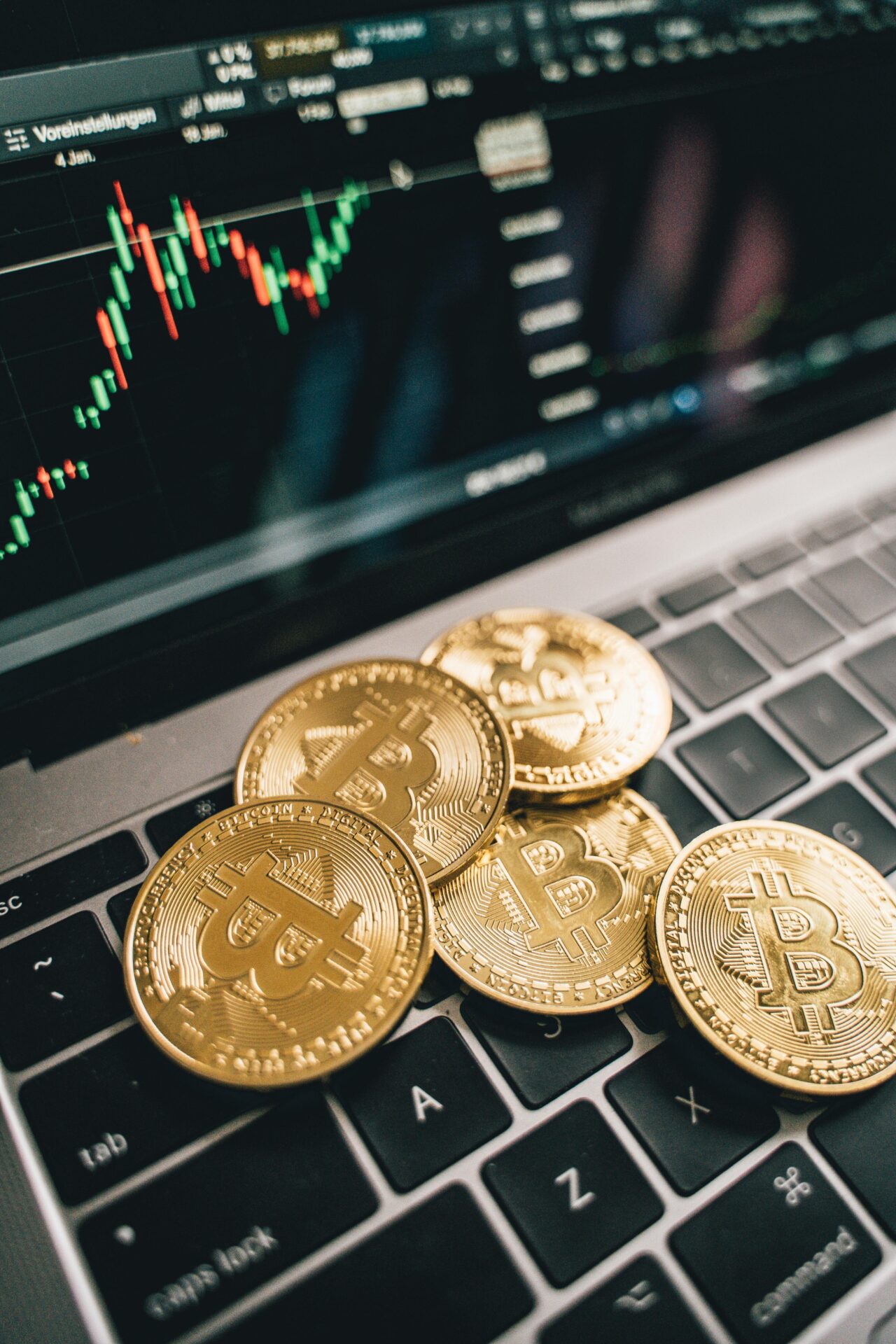Investing is a powerful tool for building wealth and securing your financial future. However, it can often seem overwhelming to beginners.
This comprehensive guide will break down the essentials of investing, covering how to get started, where to invest, and who should consider investing. By the end of this article, you’ll have a clearer understanding of how to navigate the investment landscape.
Why Invest?
Investing is essential for growing your wealth over time. Unlike simply saving money in a bank account, investing allows your money to work for you, potentially providing returns that outpace inflation and increase your overall financial standing.
Inflation erodes the purchasing power of your money over time. By investing, you can generate returns that outstrip inflation, ensuring that your money maintains or grows in value.
Whether you aim to buy a home, fund your children’s education, or retire comfortably, investing helps you achieve these goals by growing your wealth over the long term.
How to Start Investing
Before you start investing, it’s crucial to set clear, specific, and achievable financial goals. Determine what you want to achieve and when you hope to reach these milestones. This will guide your investment strategy and help you stay focused.
Assessing Risk Tolerance
Understanding your risk tolerance is vital. Risk tolerance is the degree of variability in investment returns that you are willing to withstand. Some people are comfortable with high-risk investments that might offer higher returns, while others prefer safer, lower-return options. Assess your comfort level with potential losses and gains to determine your risk tolerance.
Creating a Budget
To know how much you can invest, you need to create a budget. Track your income and expenses to determine how much you can comfortably allocate to investments each month without compromising your day-to-day financial needs.
Building an Emergency Fund
Before you start investing, ensure you have an emergency fund in place. This fund should cover three to six months’ worth of living expenses and be easily accessible in case of unexpected events. Having this safety net allows you to invest with more confidence.
Choosing an Investment Strategy
Your investment strategy should align with your financial goals, risk tolerance, and time horizon. Common strategies include conservative (low risk, stable returns), moderate (balanced risk and returns), and aggressive (high risk, high potential returns). Choose a strategy that fits your unique situation.
Where to Invest
Stocks represent ownership in a company. When you buy a stock, you become a shareholder and gain the potential to earn dividends and benefit from stock price appreciation.
Pros: High potential for returns, dividends, and ownership in companies.
Cons: High volatility, the potential for significant losses, requires ongoing research.
Bonds
Bonds are debt securities issued by corporations, municipalities, or governments. When you purchase a bond, you are lending money to the issuer in exchange for periodic interest payments and the return of the bond’s face value at maturity.
Pros: Lower risk compared to stocks, regular income through interest payments, relatively stable returns.
Cons: Lower potential returns, interest rate risk, inflation risk.
Real Estate
Real estate investing involves purchasing property to generate rental income or appreciate in value. This can include residential, commercial, or industrial properties.
Pros: Potential for steady income, appreciation, tangible assets, and tax benefits.
Cons: High initial investment, ongoing maintenance costs, market volatility.
Who Should Consider Investing
Starting to invest early allows you to take advantage of compound interest, where the returns on your investments generate their own returns over time. This exponential growth can significantly enhance your wealth over the long term.
Young professionals can consider a mix of stocks, mutual funds, and ETFs to build a diversified portfolio that balances risk and reward.
Mid-Career Individuals
At this stage, it’s important to diversify your investments to spread risk. This means investing in a variety of asset classes, including stocks, bonds, real estate, and perhaps some alternative investments.
Mid-career individuals should focus on balancing growth and stability, with a mix of equities and fixed-income investments.
Pre-Retirees and Retirees
As retirement approaches, managing risk becomes crucial. Protecting the wealth you’ve accumulated while still achieving modest growth is key.
Consider more conservative investments like bonds, dividend-paying stocks, and real estate that offer steady income with lower risk.
Individuals with High-Risk Tolerance
If you’re comfortable with higher risk, you can explore investments like growth stocks, cryptocurrencies, and venture capital. These have the potential for significant returns but also come with substantial risks.
Individuals with Low-Risk Tolerance
Conservative investors should focus on safer options like high-quality bonds, index funds, and dividend-paying stocks. These investments offer more stability and lower potential for loss.
Accredited Investor Verification
Accredited investor verification is crucial for ensuring compliance with SEC regulations and safeguarding the integrity of investment opportunities. Accurate verification helps maintain a trustworthy investment environment, protecting both investors and issuers from potential fraud and legal complications. Using reliable verification methods, whether through self-certification, third-party services, or digital platforms, ensures that only eligible investors participate in exclusive investment opportunities.
Conclusion
Investing is a crucial component of building and securing your financial future. By understanding the basics of how to start, where to invest, and who should consider investing, you can make informed decisions that align with your financial goals. Remember to diversify your investments, maintain a long-term perspective, and seek professional advice when needed. Start your investment journey today and take control of your financial destiny.


 Billionaire Watch3 weeks ago
Billionaire Watch3 weeks ago
 Startups4 weeks ago
Startups4 weeks ago
 News4 weeks ago
News4 weeks ago
 News4 weeks ago
News4 weeks ago
 Bitcoin4 weeks ago
Bitcoin4 weeks ago
 Naira4 weeks ago
Naira4 weeks ago
 Forex3 weeks ago
Forex3 weeks ago
 Treasury Bills4 weeks ago
Treasury Bills4 weeks ago














